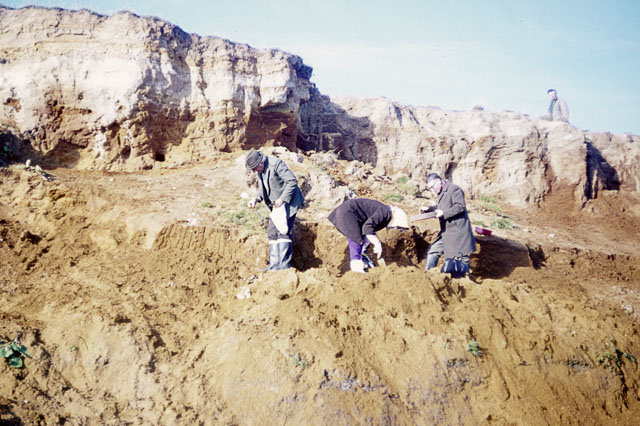Fossil hunting has captivated human curiosity for centuries, offering tangible connections to Earth’s ancient past. From amateur collectors to professional paleontologists, the search for prehistoric remains continues to fascinate people worldwide. However, as this activity grows in popularity, important questions arise about its environmental impact. Does the extraction of fossils harm delicate ecosystems? Are we prioritizing scientific discovery at the expense of natural landscapes? This article explores the complex relationship between fossil hunting and environmental conservation, examining both the potential harms and benefits of this practice, along with sustainable approaches that balance scientific inquiry with ecological responsibility.
The Fundamental Nature of Fossil Hunting
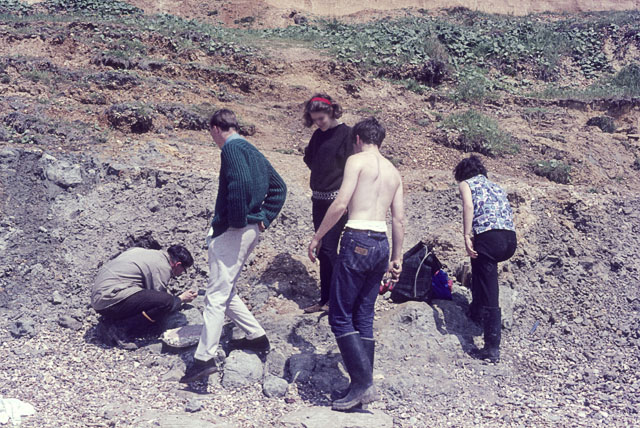
Fossil hunting involves searching for and extracting preserved remains or traces of ancient organisms from rock layers and sediments. The practice ranges from casual beachcombing to extensive commercial operations using heavy machinery. Professional paleontologists typically employ careful excavation techniques designed to minimize environmental disturbance, documenting the precise location and geological context of each find. Amateur collectors, however, vary widely in their methods and knowledge of best practices. The activity serves multiple purposes: scientific research, museum collections, educational resources, commercial sales, and personal hobbies. Understanding this spectrum of approaches is crucial when assessing environmental impacts, as different methods carry vastly different ecological footprints. The environmental consequences ultimately depend on the scale, location, techniques, and purpose of the fossil hunting activity.
Habitat Disruption Through Excavation
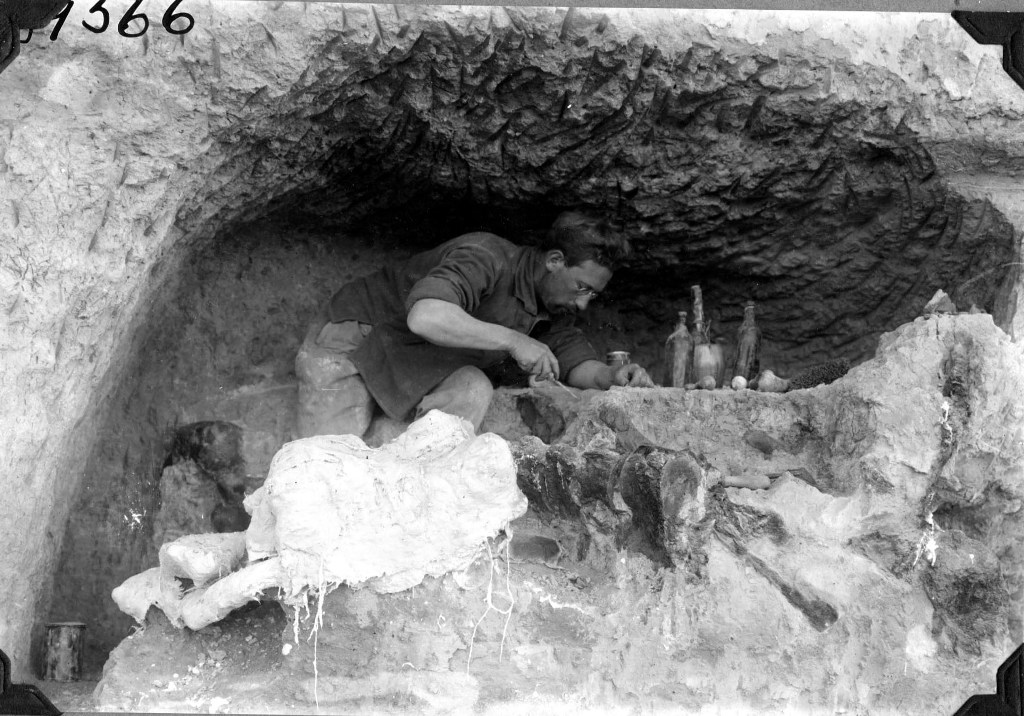
One of the most direct environmental impacts of fossil hunting comes from the physical disruption of habitats during excavation. Digging and removing soil layers can destroy vegetation, displace small animals, and alter microhabitats that support diverse ecosystems. In sensitive areas like desert environments, these disturbances may take decades to recover due to slow plant growth and fragile soil structures. Coastal fossil sites face particular challenges, as excavation can accelerate erosion processes and destabilize cliff faces. Large-scale commercial operations using bulldozers and other heavy equipment create significantly greater disturbances than careful manual excavation. Professional paleontological expeditions typically conduct environmental impact assessments before major digs and implement restoration plans, though amateur collectors rarely take such precautions. The cumulative effect of numerous small-scale disturbances can sometimes exceed the impact of a single, well-managed larger excavation.
Erosion and Geological Stability Concerns
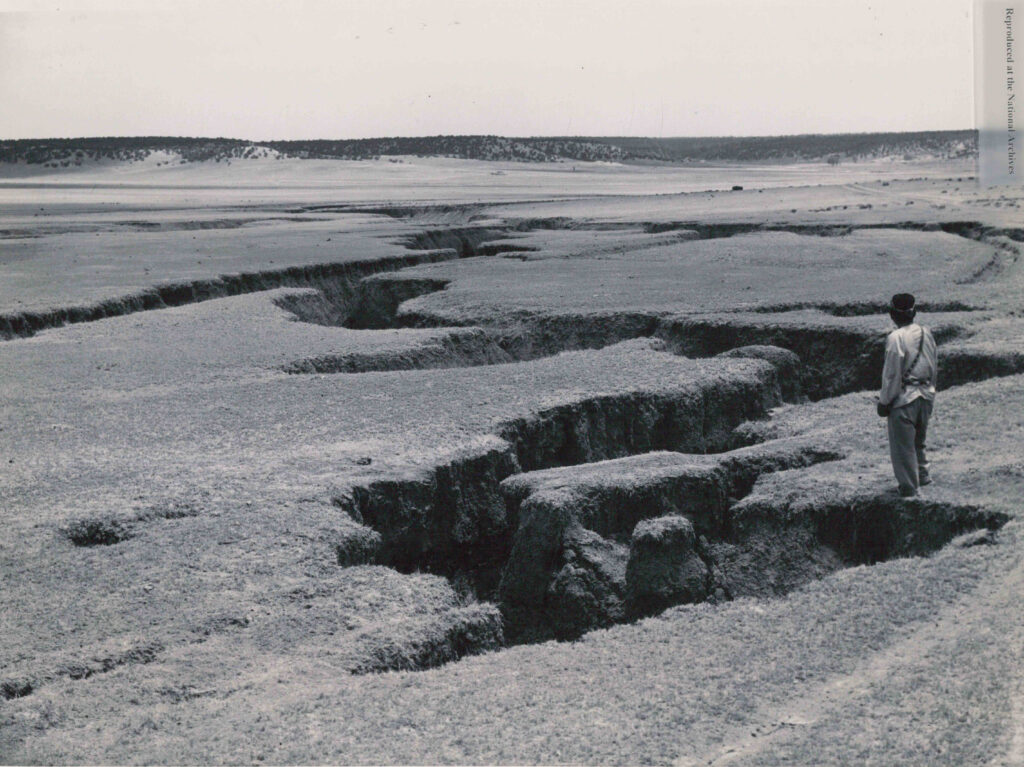
Fossil hunting activities can exacerbate natural erosion processes, particularly in coastal and riverbank locations where fossils are often exposed. Removing embedded fossils from cliff faces can weaken structural integrity, potentially accelerating cliff collapse and changing erosion patterns along shorelines. Even small-scale digging on slopes can redirect water flow during rainfall, creating new erosion channels that progressively worsen over time. In areas with unstable geological formations, careless excavation has occasionally triggered landslides and other hazardous events. Coastal fossil sites present a particular dilemma, as natural erosion both reveals new specimens and ultimately destroys them, leading to debates about whether collection actually “rescues” fossils that would otherwise be lost to the sea. Professional sites often implement erosion control measures and carefully document cliff faces before removal, treating the geological context as valuable data rather than merely an obstacle to extraction.
Chemical Contamination from Preservation Techniques
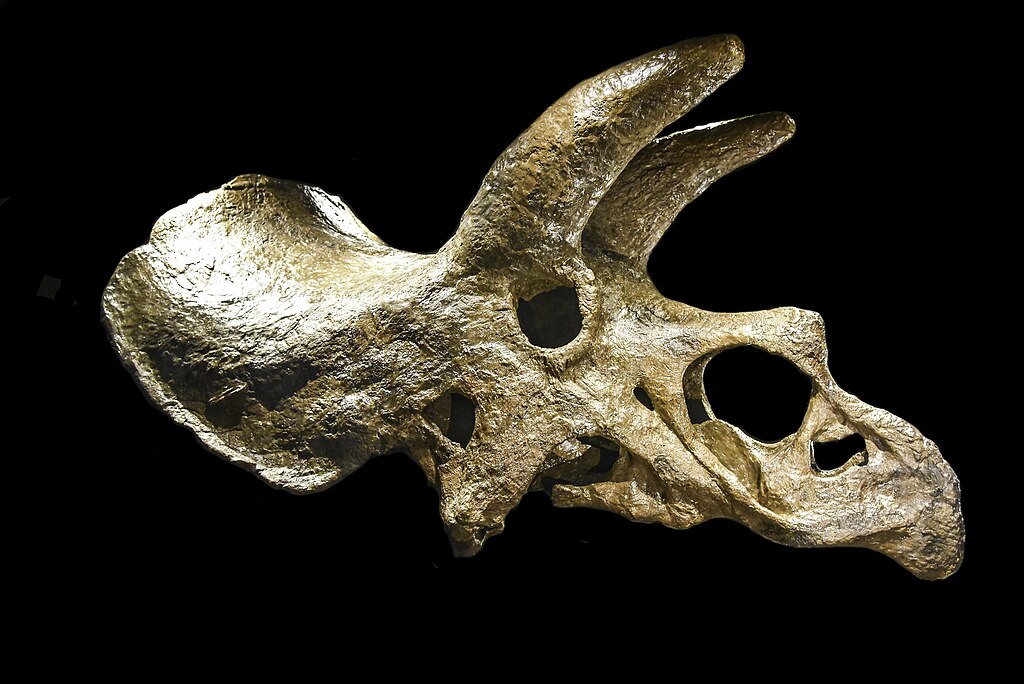
The preservation of fossils often involves chemicals that can potentially harm the environment when improperly used in field settings. Hardeners, consolidants, and adhesives containing petroleum distillates, cyanoacrylates, and various resins are commonly applied during fossil extraction to prevent fragile specimens from crumbling. Improper disposal of these chemicals in field locations can contaminate soil and potentially leach into water systems. Some older preservation techniques used highly toxic substances like arsenic compounds, creating long-term environmental hazards at historical collection sites. Modern professional practices have improved substantially, with biodegradable alternatives gaining popularity and strict protocols governing chemical use in the field. Amateur collectors, however, may lack knowledge about proper chemical handling, creating localized contamination at popular collection sites. Even seemingly minor spills can damage sensitive microbial communities in soil that form the foundation of local ecosystems.
Biodiversity Impacts of Collection Activities
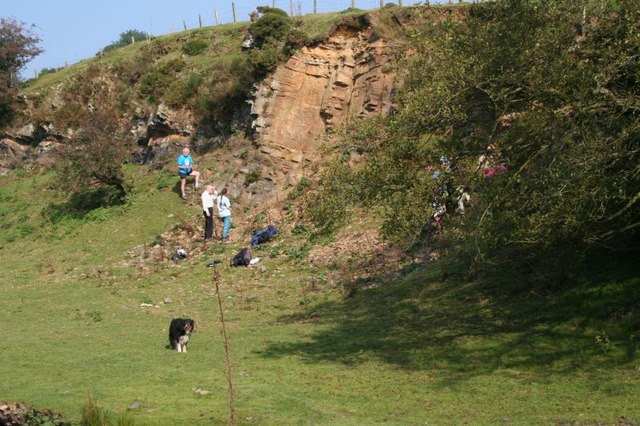
The presence of fossil hunters in natural areas extends beyond the direct impacts of excavation, affecting living ecosystems in several ways. Repeated foot traffic can compact soil, damage vegetation, and disrupt wildlife habitats even when no digging occurs. Popular fossil hunting locations often develop networks of informal trails that fragment habitats and introduce edge effects detrimental to sensitive species. Some fossil-rich areas overlap with important wildlife breeding grounds or contain rare plant communities that suffer from regular human disturbance. Ground-nesting birds are particularly vulnerable during breeding seasons when fossil hunting activity may cause adults to abandon nests. Marine fossil collecting at low tide can disturb intertidal ecosystems through trampling of tide pools and disturbance of living organisms. Research indicates that repeated minor disturbances in natural areas can have cumulative effects that ultimately reduce biodiversity, even when each visit seems harmless.
The Legal Framework: Regulations and Enforcement
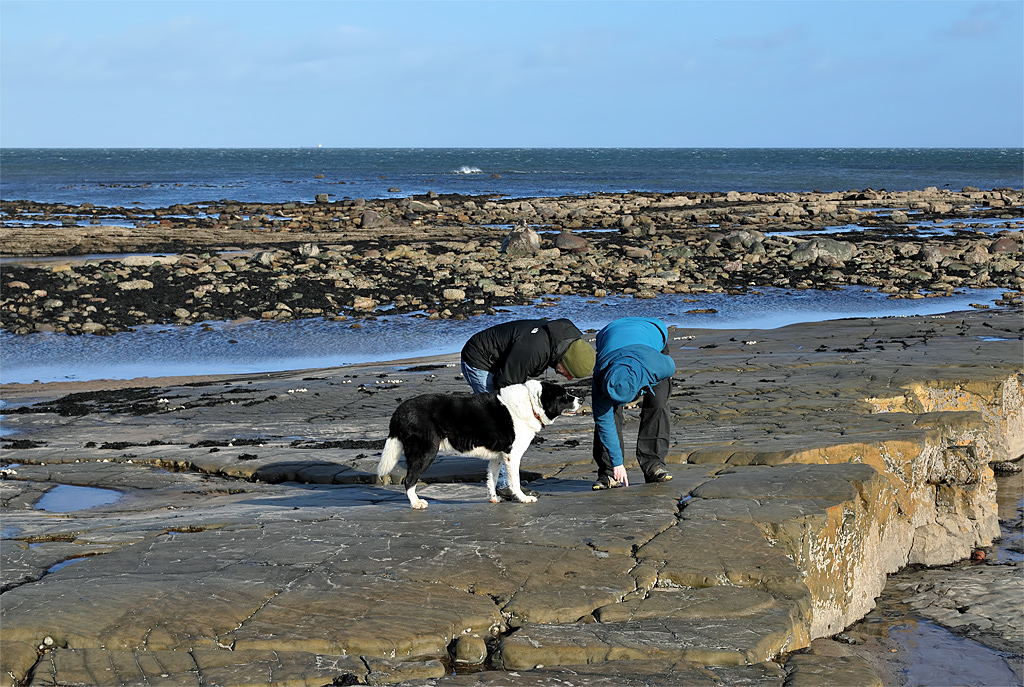
Fossil collection regulations vary dramatically worldwide, creating a complex legal landscape that affects environmental protection. In the United States, fossil collecting on public lands falls under different rules depending on land designation, being generally permitted on Bureau of Land Management lands but strictly prohibited in National Parks. Countries like China and Argentina have declared fossils national property, theoretically providing strong protection but often lacking enforcement capacity. The United Kingdom employs a voluntary code of practice for fossil collection rather than strict prohibition, focusing on education and responsible collecting. Unfortunately, illegal collection and fossil poaching remain significant problems in many regions, with specimens smuggled across international borders despite protective legislation. Enforcement challenges include the remoteness of many fossil sites, limited resources for monitoring, and difficulties distinguishing legally collected specimens from poached ones. Environmental protection ultimately depends on both appropriate regulations and effective enforcement mechanisms adapted to local contexts.
Commercial Fossil Trade: Environmental Costs

The lucrative commercial fossil market drives extraction practices that often prioritize specimen recovery over environmental concerns. High-value specimens can sell for millions of dollars, creating powerful incentives for rapid, sometimes destructive extraction methods. Commercial collectors may remove fossils without proper documentation of their geological context, permanently losing scientific data that could inform environmental understanding. In some regions, commercial operations employ heavy machinery that dramatically accelerates habitat disruption and erosion compared to careful scientific excavation. The international fossil trade can also introduce invasive species through soil and rock material transported between regions without proper biosecurity protocols. Market demand for particular specimens sometimes leads to targeted exploitation of specific fossil-bearing formations, creating concentrated environmental impacts in high-value areas. The environmental costs of commercial fossil extraction are rarely factored into market prices, essentially externalizing ecological damage to the broader society while privatizing the financial benefits.
Scientific Value Versus Environmental Protection
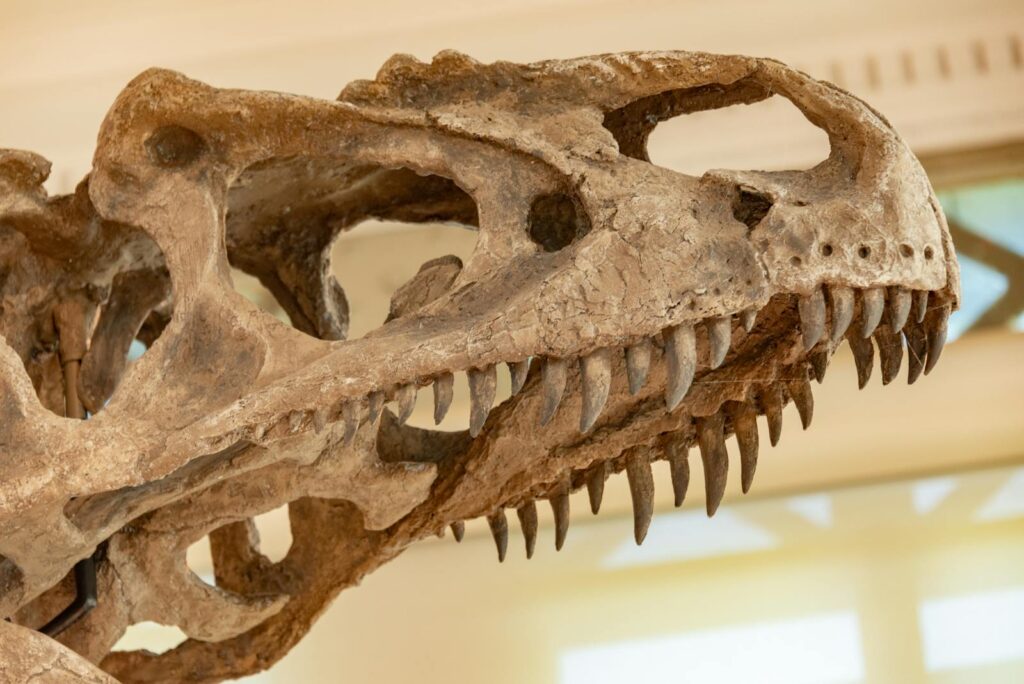
The scientific community faces an inherent tension between extracting fossils for study and preserving natural environments in their undisturbed state. Paleontological discoveries provide crucial insights into past climates, extinction events, and evolutionary processes – information that paradoxically helps inform modern conservation efforts. Without fossil evidence, our understanding of Earth’s environmental history would be dramatically limited, potentially hampering current conservation strategies. Scientists increasingly recognize this dilemma and have developed protocols that attempt to balance research needs with environmental responsibility. Many research institutions now require detailed environmental impact assessments before fieldwork and mandate site restoration after excavation concludes. The concept of “minimal collection” has gained prominence, emphasizing thorough documentation and sampling rather than wholesale removal when possible. Digital technologies, including photogrammetry and CT scanning, now allow researchers to create detailed virtual models of specimens, sometimes reducing the need for physical extraction while preserving scientific access.
Sustainable Approaches to Fossil Collection

Sustainable fossil collection practices have evolved significantly in recent decades, offering models that minimize environmental harm while maintaining scientific and educational benefits. Surface collecting after natural erosion events represents one of the least invasive approaches, as it removes only exposed specimens without additional disturbance. Catch-and-release fossil photography allows enthusiasts to document discoveries without removing specimens from their natural context. Professional paleontologists increasingly employ minimally invasive tools like ground-penetrating radar to locate specimens precisely before excavation, reducing unnecessary habitat disturbance. Timing excavations to avoid wildlife breeding seasons and sensitive growth periods for local vegetation can significantly reduce biodiversity impacts. Several organizations have developed citizen science protocols that train amateur collectors in environmentally responsible techniques while contributing valuable data to research efforts. Post-collection habitat restoration has become standard practice for responsible operations, including soil replacement, native plant reintroduction, and erosion control measures that help ecosystems recover from excavation activities.
Educational Benefits Versus Environmental Costs

Fossil collecting serves important educational functions that must be weighed against potential environmental impacts when developing management policies. Hands-on experience with fossil hunting creates powerful connections to Earth’s history, potentially fostering environmental awareness and conservation ethics among participants. School groups and educational programs use fossil hunting experiences to teach geological concepts, evolutionary biology, and climate science in engaging ways that classroom instruction alone cannot match. Museum collections built through field collection provide public access to specimens that inspire scientific careers and general interest in natural history. However, these educational benefits must be balanced against cumulative environmental impacts, particularly in popular locations that receive thousands of visitors annually. Some educational programs have adopted “leave no trace” principles, focusing on temporary exposure and documentation rather than permanent removal of specimens. Virtual fossil hunting experiences and replicas of significant specimens offer alternative educational tools that eliminate direct environmental impacts while maintaining most learning benefits.
Climate Change and Fossil Hunting: A Complex Relationship

Climate change has created new dimensions in the relationship between fossil hunting and environmental protection. Rising sea levels and increased storm intensity are accelerating coastal erosion at many important fossil sites, simultaneously exposing new specimens and threatening to destroy them before discovery. This phenomenon has prompted debates about whether increased collection efforts represent environmental damage or rescue operations for scientifically valuable specimens. Ironically, the fossils being uncovered often contain crucial data about past climate changes that inform current climate science. Melting permafrost in Arctic regions has exposed previously inaccessible paleontological treasures but also raises ethical questions about the exploitation of environments already under severe climate stress. Some researchers propose that systematically collecting and preserving fossils from threatened sites constitutes a form of climate adaptation, creating scientific archives before information is permanently lost to environmental change. The pace of these climate-driven exposures often exceeds the capacity of professional paleontologists alone, leading to new collaborations between scientists and trained amateur collectors to document specimens before they’re lost.
Indigenous Perspectives and Cultural Contexts
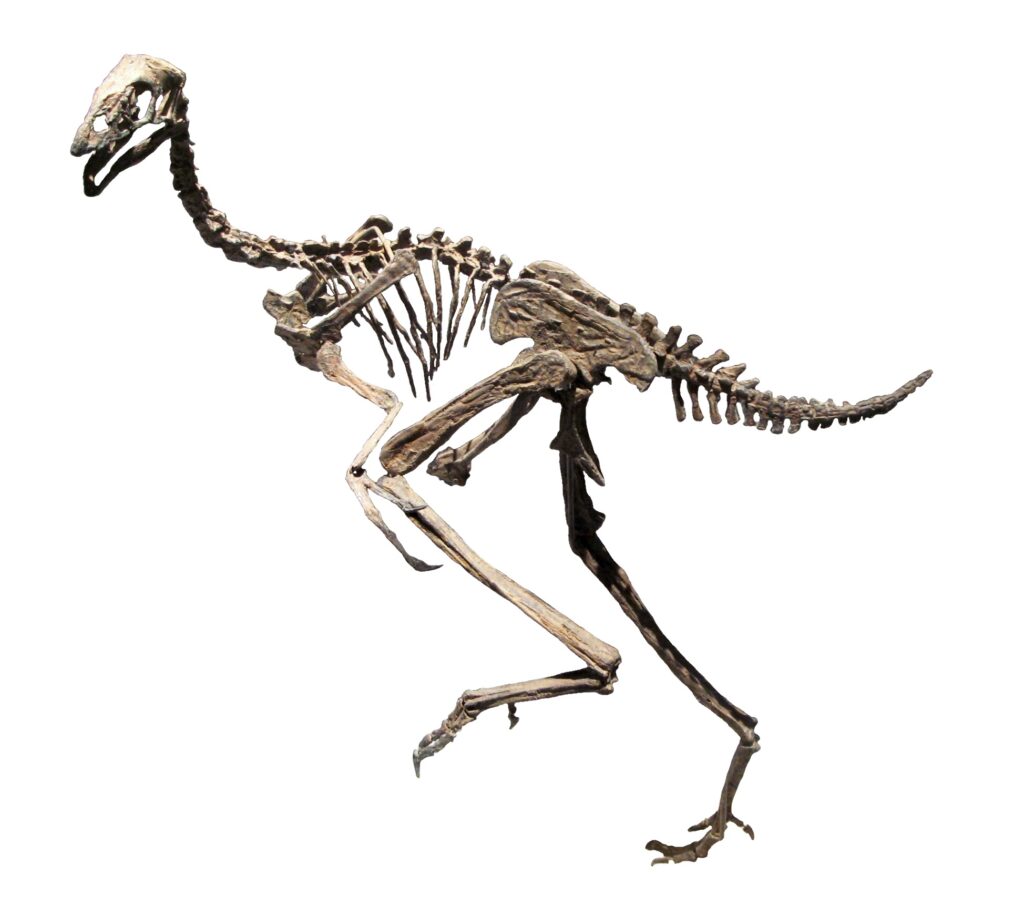
Indigenous communities often hold different cultural perspectives on fossil collection that add important dimensions to environmental and ethical considerations. Many Indigenous traditions view fossils as integral parts of the landscape with cultural and spiritual significance rather than as extractable resources or scientific specimens. Some tribal nations have developed their paleontological programs that integrate traditional knowledge with scientific approaches, creating more holistic understandings of fossil sites within their ecological and cultural contexts. Historical tensions exist in many regions where Indigenous communities have been excluded from decisions about fossil resources on their traditional territories, raising questions about environmental justice alongside ecological concerns. Collaborative approaches have emerged in places like Australia, Canada, and the United States, where Indigenous knowledge holders work alongside scientists to guide collection practices that respect both environmental and cultural values. These partnerships often emphasize minimal disturbance, contextual understanding, and connection between past and present ecosystems rather than extraction-focused approaches. Indigenous perspectives frequently highlight the interconnectedness of fossils with living landscapes, challenging the conceptual separation between paleontological and ecological resources.
Balancing Acts: Best Practices for Responsible Fossil Hunting
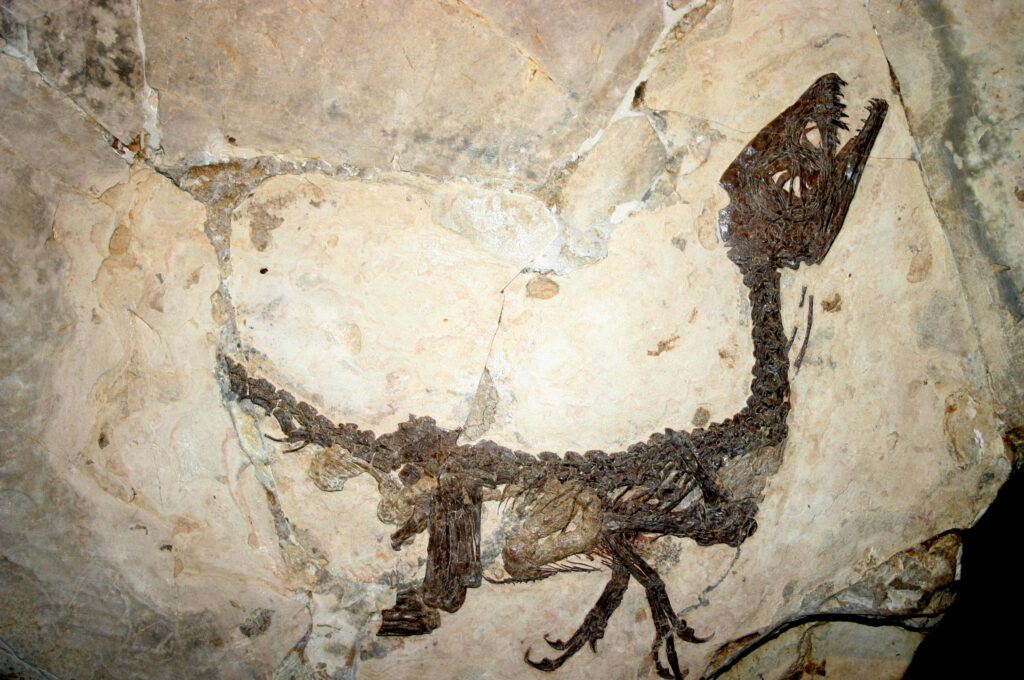
The future of environmentally responsible fossil hunting lies in balanced approaches that recognize both the value of paleontological discoveries and the importance of ecosystem protection. Timing activities to coincide with natural erosion events can minimize the need for invasive extraction while taking advantage of newly exposed specimens. Zoning approaches designate certain areas for collection while preserving others as undisturbed reference sites, creating a balance between access and protection. Permit systems implemented in some regions limit the number of collectors and establish clear guidelines for responsible practices, preventing overexploitation of popular sites. Training programs for amateur collectors have proven effective in raising environmental awareness and improving field techniques to minimize habitat impacts. Documentation-first approaches emphasize thorough recording of specimens in their natural context before any removal occurs, preserving scientific data even when physical extraction is necessary. Perhaps most importantly, fostering an ethic of stewardship among all participants in fossil hunting activities – from casual beachcombers to professional researchers – creates a culture where environmental consideration becomes an integral part of the fossil hunting experience rather than an externally imposed restriction.
Conclusion

The relationship between fossil hunting and environmental protection represents a nuanced balance between scientific discovery and ecosystem preservation. While irresponsible collection practices can indeed harm natural environments through habitat disruption, erosion acceleration, and biodiversity impacts, thoughtfully managed fossil hunting can contribute to scientific understanding while minimizing ecological harm. The key lies in developing and implementing approaches that respect both the scientific value of paleontological resources and the living ecosystems that surround them. As climate change introduces new urgency to both fossil preservation and environmental protection, collaborative approaches that include scientific, educational, commercial, and Indigenous perspectives offer the most promising path forward. By embracing sustainable collection practices, comprehensive regulations, and an ethic of environmental stewardship, the fossil hunting community can continue to uncover Earth’s past while protecting its future.

